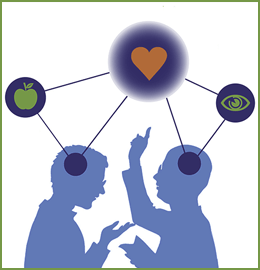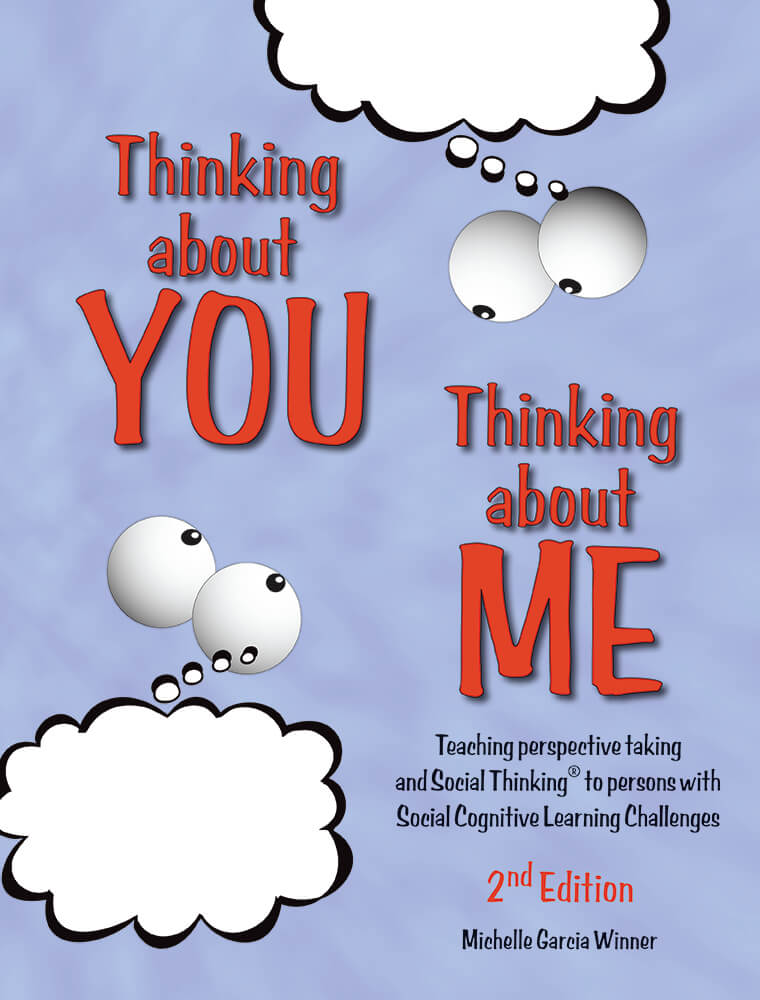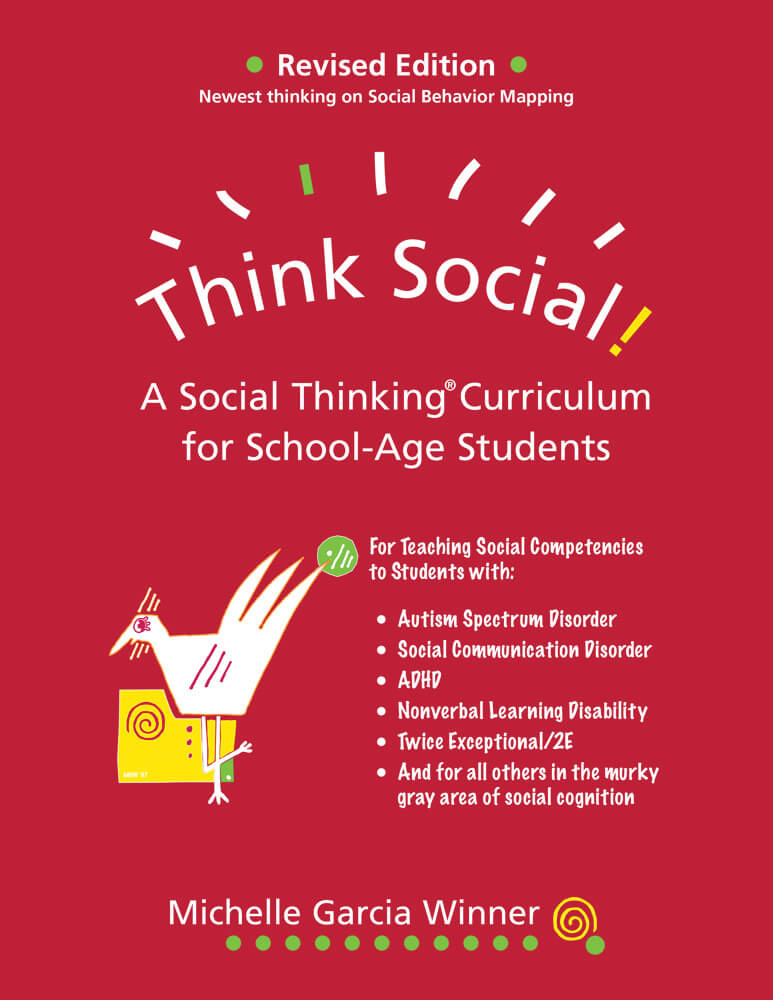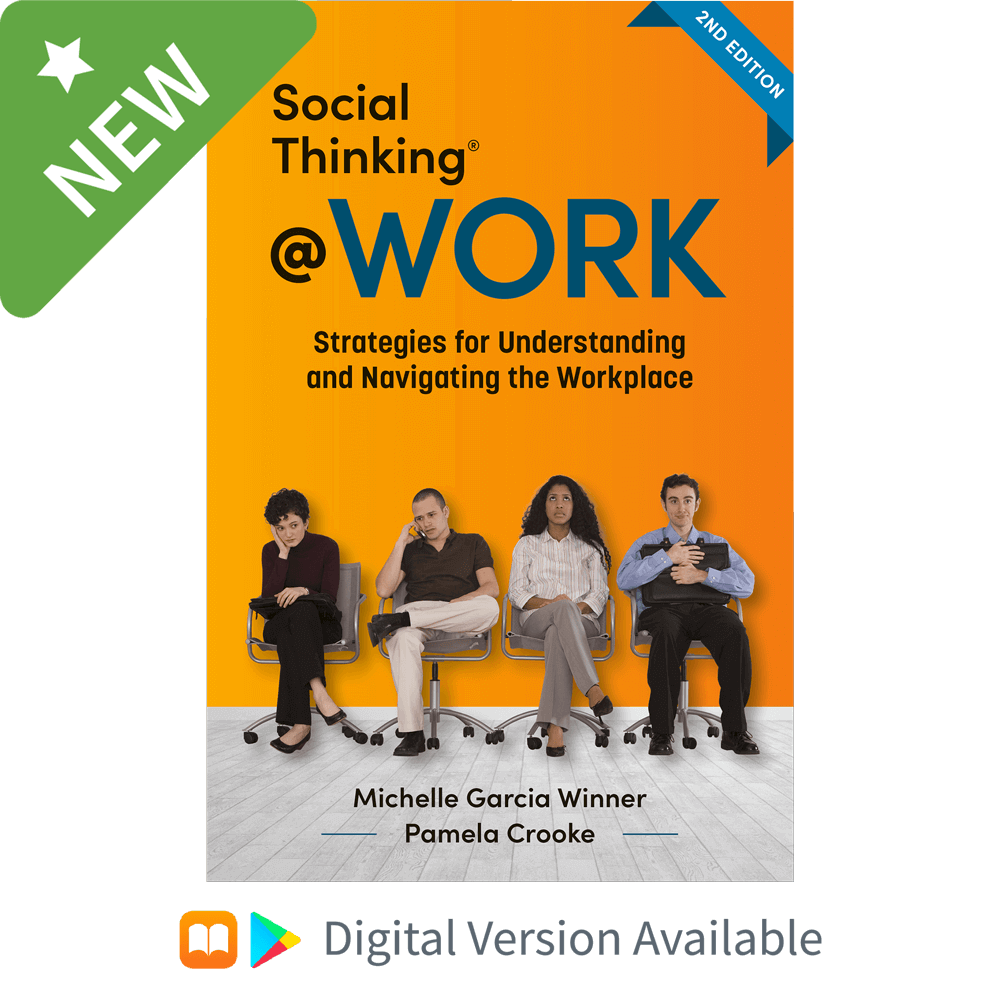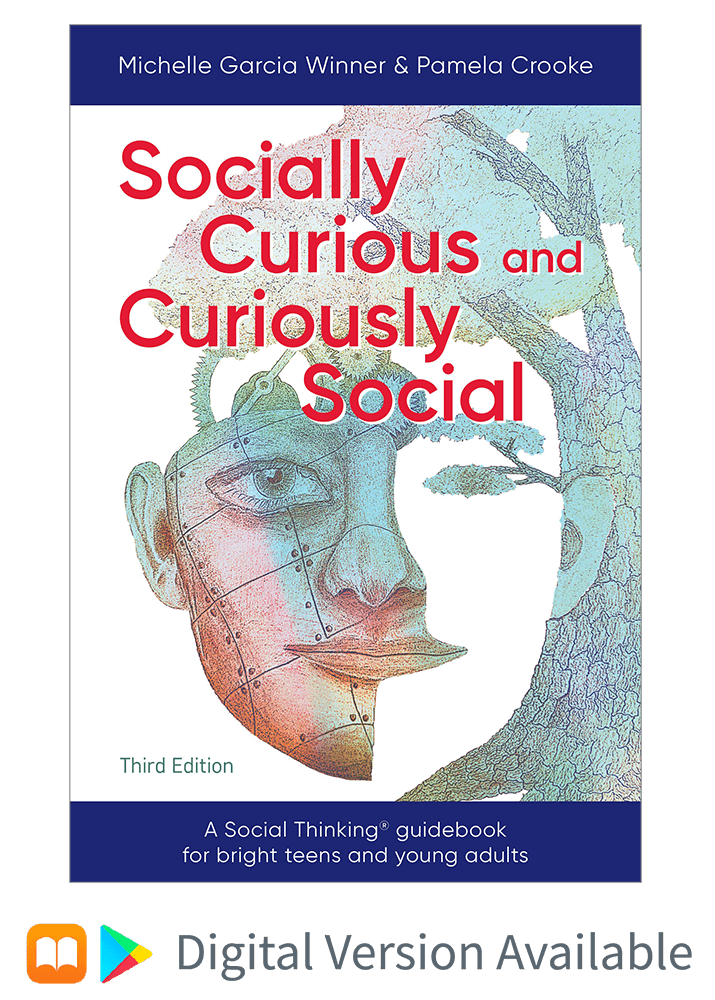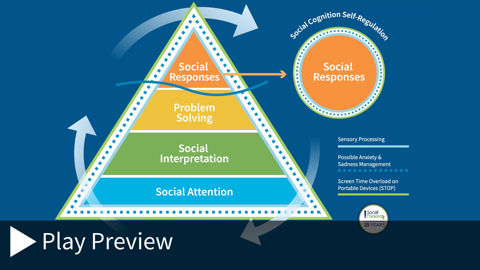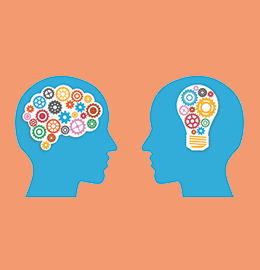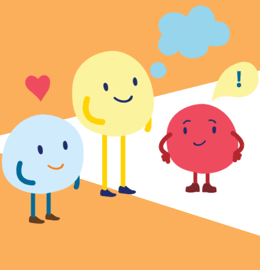Updated: March, 2022
© 2022 Think Social Publishing, Inc.
Every April, during National Autism Awareness Month, we pause to think back on the pivotal role students and clients have played in our lives and work. For professionals like us, who seek to develop helpful tools to unpack how the social world works as the first step in the ongoing journey of navigating and regulating in that world, we rely on the perspective and input of those we learn with and teach. Autistic, as well as other neurodivergent individuals, have been helping shape the Social Thinking® Methodology and our own personal learning journeys for over two decades.
They’ve Taught Us Well
For more than 25 years, those with whom we’ve worked have been our toughest critics and best teachers. If something wasn’t working for them, they let us know. If the lessons weren’t relevant, they really let us know. On the flip side, they also helped us learn what they liked and what made sense in their lives. Some of the lessons inspired by our clients’ input have been: What does “being social” even mean? How do we share space with others? How do we enter and exit groups? Why do people make small talk? How do people magically pop into groups? How do people make friends? The Social Thinking Methodology continues steadfastly to value working alongside clients and students to break down complicated abstract social concepts into concrete and relevant terms for their brains, which often process social information differently. Our role is to help individuals make gains related to their own social, academic, and life goals. We do this by honoring and asking for student/client input and feedback because our clients and their families continue to be our best teachers, if we are willing to listen. Below are more points of knowledge and inspiration that continue to influence our work and thinking today.
10 Points of Inspiration from Our Autistic & Neurodivergent Social Learners
- Social emotional learning is not a linear process to be taught in a rigid way.
- Begin by learning from the person you’re working with. Seek to understand their past socially based experiences. Always focus on learning how you can be of help to this individual and adapt how you help them as their awareness of social dynamics evolves.
- We are all unique learners, so one approach, tool, or methodology (including the Social Thinking Methodology) is not for everyone. First understand the interests, strengths, and social motivation of the individual you work with, prior to determining how best to help them based on the spectrum of their abilities and goals.
- An individual’s motivation to participate is usually proportionate to lessons relevant to what they want and need to learn to help them meet their own social goals.
- Neurodivergents, including autistic individuals, are empathetic and care about how others treat them, interact with them, or include them. They also care about others and want to build and maintain mutually respectful relationships.
- Those with social emotional learning differences do want to learn about their social selves and the intentions of others, particularly when engaged in social emotional learning programs that honor and respect their many abilities and good intentions.
- Avoid assuming the individual you are working with understands the social dynamics of contexts in which they are expected to actively participate, regardless of their high level of intelligence.
- The social experience begins with making sense of what’s happening in a situation, including the roles of the different people and what they’re trying to accomplish. Help your student/client make sense of specific contexts in which they participate before working with them on how to navigate to regulate within that situation.
- Spend significant time having them study the social world by observing specific situations. Focus their observations by using specific treatment frameworks (e.g., 4 Steps of Communication, 5 Steps of Being with Others) developed within the Social Thinking Methodology to unpack specific aspects of the social world that occur across contexts and cultures.
- Experiencing social anxiety is common for all people when feeling socially vulnerable. All interventionists should have awareness of treatment strategies that not only encourage learning social competencies, but also help individuals learn to recognize and manage their anxiety.
Today, we continue as students of our clients who are our teachers. We explicitly let them know—over time—what they’ve taught us, whether they are 10 or 75 years old. If we could all think of ourselves as both teachers and learners, then we can collectively help each other on the social emotional journey we call life. Thank you to every person who has been, and will be, our teachers.









